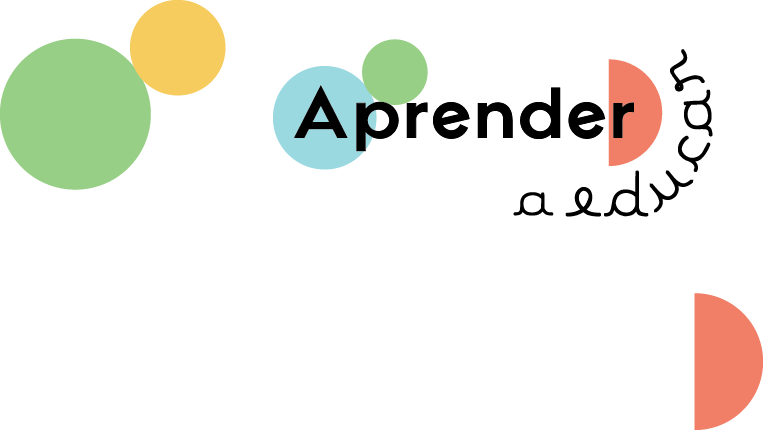Cristiana Vale Pires, a researcher at the Research Centre for Human Development (CEDH) of the Faculty of Education and Psychology of the Universidade Católica (FEP-UCP), has written an article that takes a fresh look at the phenomenon of needle spiking - the clandestine and predatory administration of psychoactive substances by injection.
The article, entitled "Sexual terrorism in post-pandemic nightlife? A feminist critical discourse analysis of the needle spiking media coverage”, analyses how the media and social narratives surrounding the phenomenon reinforce fear and condition women's freedom in nightlife spaces.
The needle spiking phenomenon: fear, rumour and media impact
In October 2021, an increasing number of women in the UK reported cases of needle spiking, a phenomenon that emerged in the context of the reopening of nightclubs after two years of social isolation measures to contain the COVID-19 pandemic.
Although scientific evidence shows a low prevalence of the phenomenon and it is difficult to prove its occurrence, media coverage has reinforced rumours and speculation, creating waves of alarm and fear, particularly among young women.
To reach these conclusions, the author analysed 213 English-language media sources collected through online research, using a feminist approach of critical discourse analysis.
According to Cristiana Vale Pires, “needle spiking has functioned as a form of 'sexual terror', activating young women's fear of rape and limiting their participation in public spaces and leisure environments”.
The researcher concludes that media narratives not only generate panic, but also act as a disciplinary discourse that instructs women “to adopt an anti-spiking etiquette to protect themselves from sexual assault”.
The role of the media as 'third party educators’
The research highlights the central role of the media in constructing these narratives, acting as 'third party educators' who shape behaviour and gender perceptions.
“In the case of spiking, even before they go out at night, women learn through rumours, but also through sexual horror stories disseminated by the media, that they can be victims of sexual violence facilitated by drug use and that they need to adopt a range of behavioural and social strategies to prevent it,” she says.
However, “scare stories are based on rumours and speculation that reproduce rape myths and stereotypes that crystallise gender relations and tend to make women solely responsible for protecting themselves and the violence they may experience”.
The importance of critical analysis
Cristiana Vale Piresstresses the need for a critical and comprehensive approach to analysing phenomena such as needle spiking. As well as understanding the actual incidence, the researcher argues that it is essential to question the social and psychological impact of rumours and speculation amplified by the media.

Photo by Antoine J. on Unsplash



